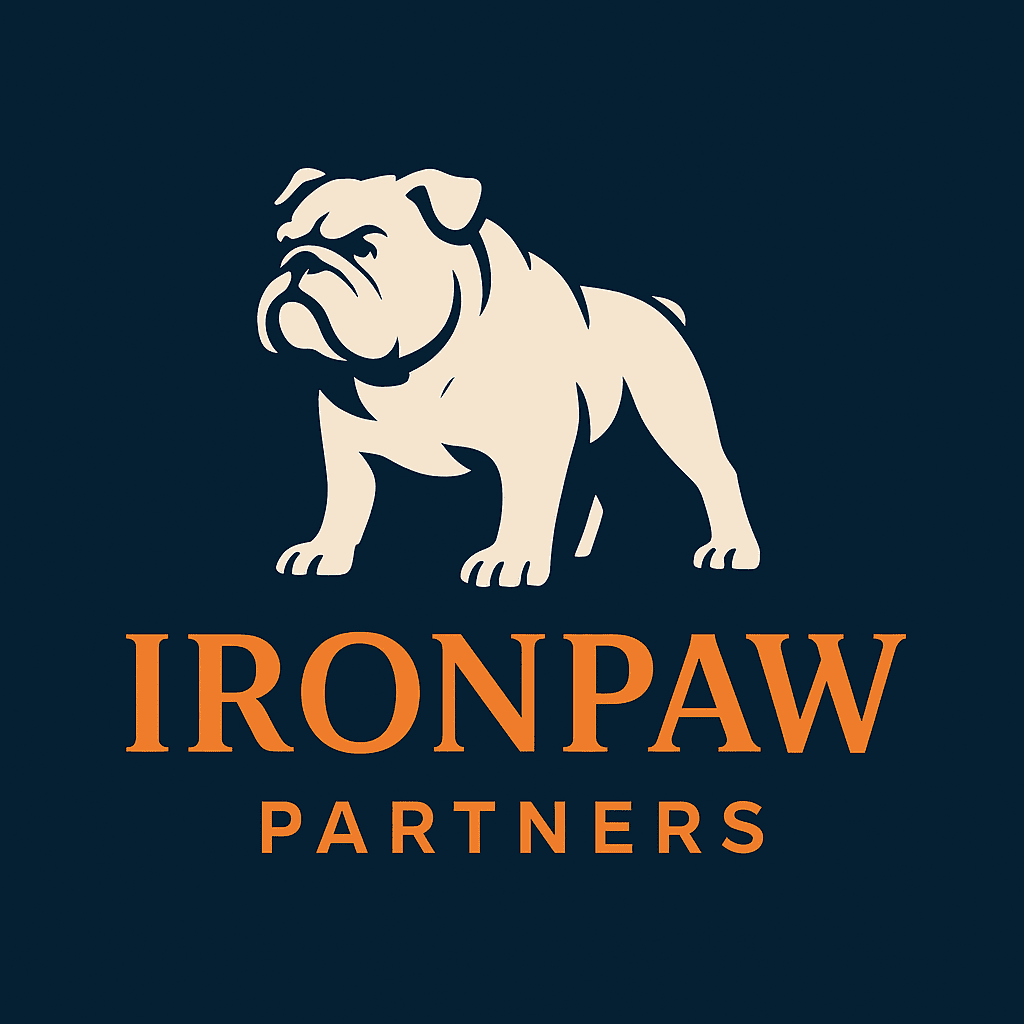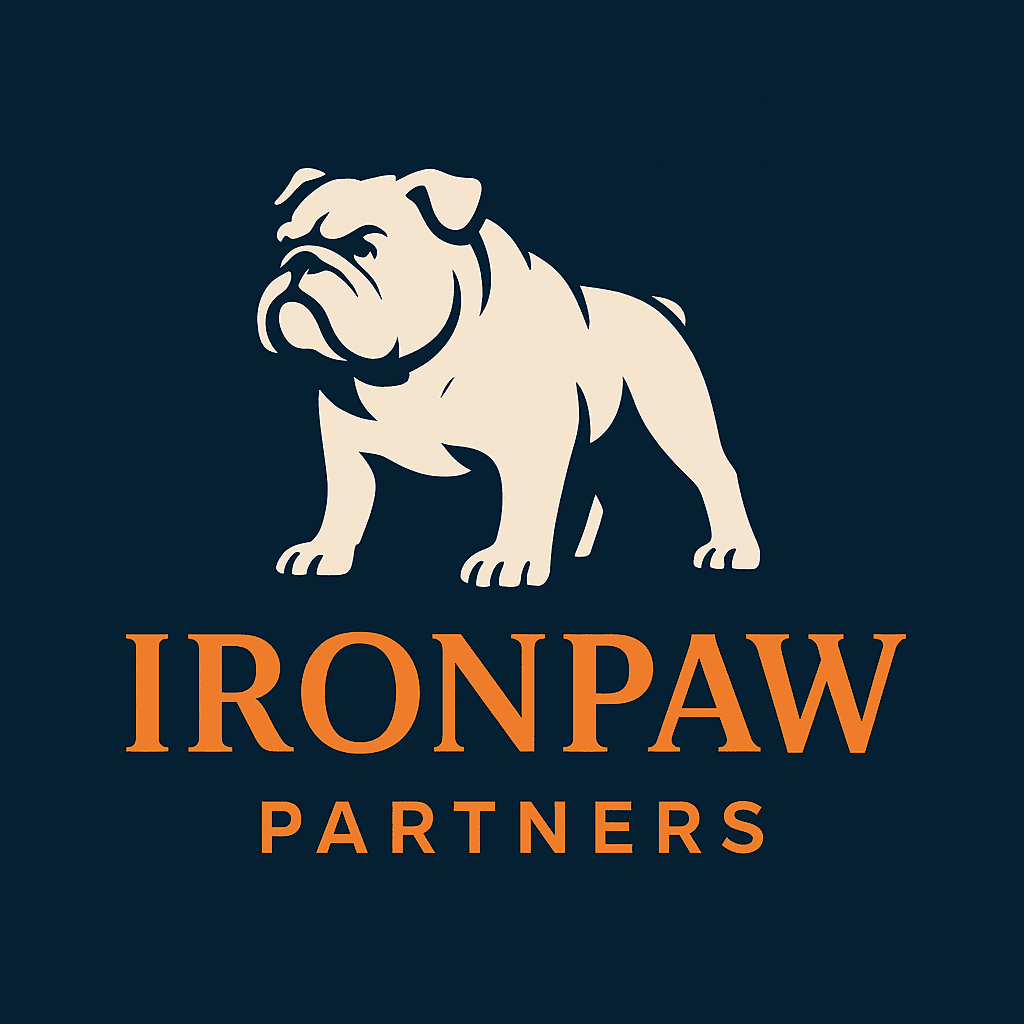How Industries Standardize Data Exchange and Why Some Succeed Where Others Fail
In every industry, companies must share information across organizational and technological boundaries. Whether it’s a manufacturer sending an order to a supplier, a bank routing a payment across borders, or an airline passing passenger data to a partner carrier, interoperability depends on a shared language. Without it, information becomes fragmented, transactions slow, and costly errors creep into the system.
Some industries have managed to solve this challenge by adopting and enforcing common naming conventions and standards for integration. Others, despite good intentions, announce standards that never truly take hold. Understanding why certain sectors succeed can offer valuable lessons for industries still struggling to unify.
Manufacturing, Distribution, Wholesale, and Retail: The Supply Chain Standard-Bearers
The supply chain sectors—manufacturing through retail—have been integrating systems for decades, and one of their most important tools is Electronic Data Interchange (EDI). EDI provides standardized document formats for purchase orders, invoices, shipping notices, and more. Large retailers and logistics firms often require suppliers to exchange data via EDI, creating a strong incentive for adoption.
Layered on top of EDI are GS1 standards, which define universal identifiers for products (GTIN/UPC codes), locations (GLNs), and shipments (SSCC barcodes). Nearly every retail product carries a barcode that can be scanned and recognized anywhere in the world. This shared vocabulary ensures that “Product 12345” in one company’s system is interpreted the same way everywhere else.
This combination of technical standards and strict enforcement has made supply chains among the most successful adopters of naming conventions in data exchange. The result: faster transactions, fewer errors, and global interoperability that most industries envy.
Healthcare: A Case Study in Structured Interoperability
Healthcare offers another powerful example. Patient data has historically been fragmented across hospitals, labs, pharmacies, and insurers. To bridge this gap, the industry adopted Health Level Seven (HL7) standards.
HL7 Version 2 remains the backbone of hospital system integrations, handling everything from lab results to patient admissions. Over 90% of health information exchanges in the U.S. use HL7 v2 messages.
FHIR (Fast Healthcare Interoperability Resources), the newer standard, defines APIs for modern health apps, ensuring a lab result or patient record looks the same whether accessed via an EMR or a mobile device.
What’s crucial here is enforcement and incentive. Governments and regulators, such as the U.S. Centers for Medicare and Medicaid Services, now require providers to implement these standards for interoperability. This has accelerated adoption, turning HL7/FHIR into the lingua franca of healthcare IT.
Financial Services: Global Standardization at Scale
Few industries demonstrate the power of shared naming conventions more clearly than financial services. For decades, banks around the world have exchanged payment and trade information via the SWIFT network.
Every message follows a strict schema, whether it’s a wire transfer, securities settlement, or trade finance document.
Identifiers like IBAN (International Bank Account Number), BIC (Bank Identifier Codes), and ISO currency codes ensure that data elements are unambiguous.
Today, the transition to ISO 20022 messaging provides richer, structured data formats. As of 2025, nearly 40% of SWIFT’s daily messages already use ISO 20022, with millions processed each day.
Because cross-border payments cannot function without a shared standard, adherence isn’t optional. SWIFT and ISO have effectively created one global naming convention for financial transactions, enabling trillions of dollars to move seamlessly across borders every day.
Travel and Hospitality: A Shared Vocabulary for Global Journeys
Travel is another industry where common codes and schemas have unlocked massive interoperability.
IATA airport and airline codes (JFK for New York Kennedy, BA for British Airways) are universally recognized.
The OpenTravel Alliance (OTA) created XML schemas for reservations, tickets, and customer records, later evolving toward modern APIs.
As a result, an e-ticket issued by one airline can be recognized by another’s systems, and online travel agencies can aggregate fares from multiple carriers without custom integrations.
Here, the combination of industry-wide participation and pragmatic governance has made the standards “invisible” in daily use. Passengers rarely think about it, but every boarding pass, baggage tag, and booking confirmation is built on standardized data definitions.
Electronics: RosettaNet and the Power of a Common Process Language
In the high-tech sector, the RosettaNet consortium created standardized XML-based “Partner Interface Processes” (PIPs) for tasks like order management, product availability, and inventory updates. These standards were widely adopted by semiconductor and consumer electronics firms, creating a shared process language across the global electronics supply chain.
Adoption was boosted not just by industry collaboration, but also by government backing in Asia, where countries endorsed RosettaNet as the preferred standard for trade in electronics. This external reinforcement helped the standards take root globally.
AI and the Next Frontier: The Role of MCP
As industries move into the age of AI, the challenge of standardizing data exchange takes on new urgency. Unlike traditional point-to-point integrations, AI systems thrive on contextual, consistent, and machine-interpretable data. Without well-defined standards, AI agents risk hallucinating connections or misinterpreting critical business data.
This is where efforts like the Model Context Protocol (MCP) come into play. MCP is an emerging framework designed to help AI agents securely access external tools, APIs, and data sources using a shared contract for context and interaction. In practice, it acts like a universal adapter: defining how models should “name, describe, and request” resources from different systems.
The parallels with earlier industry standards are striking:
Just as GS1 GTINs standardized product identifiers across retail, MCP aims to standardize how AI systems refer to and fetch external data.
Like HL7 in healthcare, MCP is trying to give AI a consistent way to handle structured inputs (patient records, inventory items, financial transactions) across incompatible platforms.
And, similar to SWIFT’s ISO 20022, MCP provides a richer schema that allows more detail and nuance while still ensuring that both the AI and the connected system “speak the same language.”
For AI to become a trusted participant in enterprise workflows, these standards will be essential. The next wave of integration isn’t just about connecting systems — it’s about ensuring that human organizations and AI agents share a common vocabulary. Industries that have successfully enforced naming conventions in the past may be best positioned to embrace MCP and related frameworks, accelerating safe, reliable AI adoption.
Why Some Standards Succeed—and Others Fail
The industries above show that technical standards alone are not enough. Success depends on several enablers:
Strong enforcement or incentives – Retailers mandating EDI compliance, governments requiring HL7/FHIR, or banks unable to operate outside SWIFT.
Clear governance – Bodies like GS1, HL7, ISO, IATA, and RosettaNet provide ongoing stewardship and updates.
Universal identifiers – Shared codes (UPC, IBAN, airport codes) give all parties a consistent naming convention.
Network effects – The more participants adopt, the more valuable and unavoidable the standard becomes.
By contrast, industries where a naming convention is announced but not widely enforced often see poor adoption. Vendors and companies may pledge support but fail to implement changes in their systems. Without incentives or mandates, inertia prevails.
Lessons for Industries Struggling with Adoption
For sectors where standards exist but have not been meaningfully implemented, the lessons are clear:
Mandate or incentivize adoption – Voluntary pledges rarely work. Require adherence through regulation, customer contracts, or network participation rules.
Create simple, universal identifiers – If every player refers to an object or transaction differently, no amount of technical integration will help.
Establish governance and stewardship – Standards must evolve, and a neutral body should oversee their maintenance.
Leverage network effects – The more participants on a standard, the harder it becomes for others to avoid joining.
Industries that take these steps succeed in creating a common language for integration. Those that don’t risk fragmentation, inefficiency, and lost opportunities for innovation.
Conclusion
In the modern economy, data is the currency of collaboration. Industries that speak a common language—whether through GS1 barcodes, HL7 health records, ISO 20022 payments, IATA travel codes, or emerging frameworks like MCP—enable seamless interactions across borders, companies, and technologies.
Where standards remain only aspirational, the challenge is not technical but organizational: aligning incentives, enforcing adoption, and creating governance structures that endure. The history of supply chains, healthcare, finance, travel, and electronics shows that when industries truly commit, shared naming conventions and integration standards can transform entire ecosystems.


